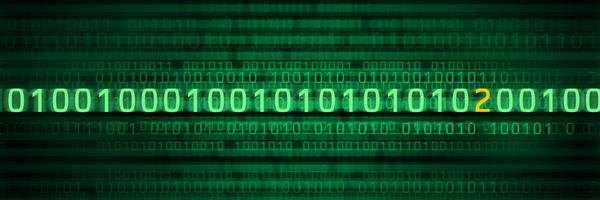Let us begin with the meaning of the term ‘compute’. The meaning of the word means ‘to calculate’. True to its meaning, the early computers were used to break down really complex calculations and solve them in a fraction of time. With developments in processing power and the shrinkage of the size of a basic computing unit, the term ‘computing’ has built upon its humble roots and now means a lot of things. ‘Computer’s are now everywhere, from the big monsters in the back offices of NASA to the sleek mobiles in your pocket to the tiny RFID readers inside your home’s door lock and railway station turnstiles. We even have devices with fantastic brains built on artificial intelligence like face recognisers, handwriting readers and trip & timetable planners.
Despite decades of advancement, some basics remain exactly the same. The oldest and time-tested basic is the way that a computer perceives and stores data. Today we may be able to calculate the distance to the sun (number), decide whether Donald Trump or Narendra Modi will win an election or not (yes/no), read and store e-books (text data), remember and get reminders for birthdays (date), set alarms (time) and enjoy sounds, photos and videos, but at the bottom of it all, the computer sees all of these data formats in only ONE universal format: a sequence of numbers. Continue reading “Back to squares 0 & 1: How a computer stores different types of data”
